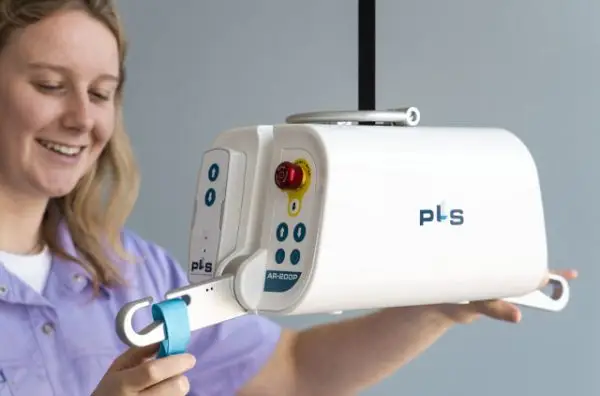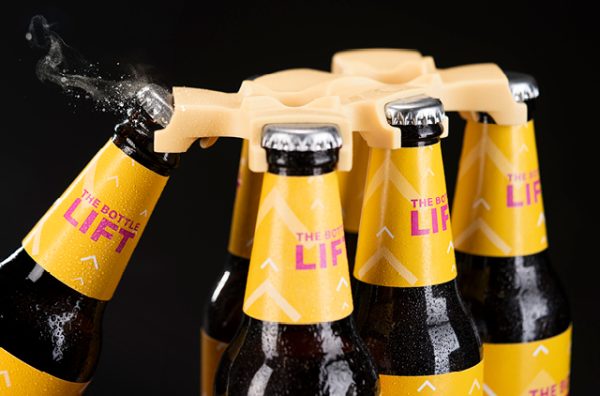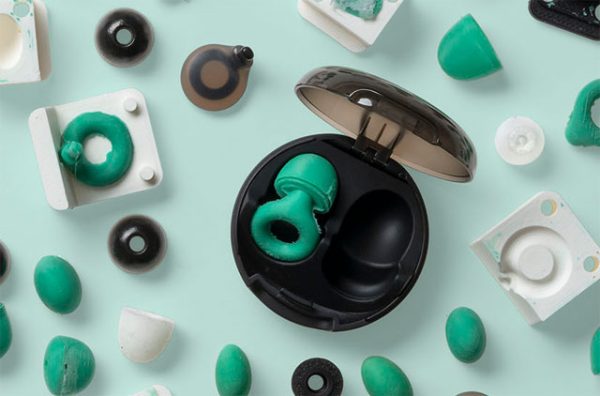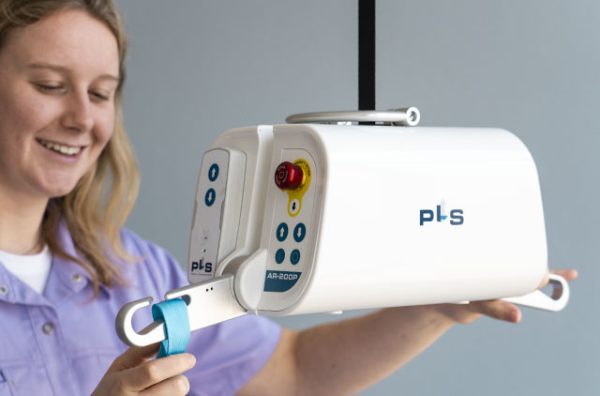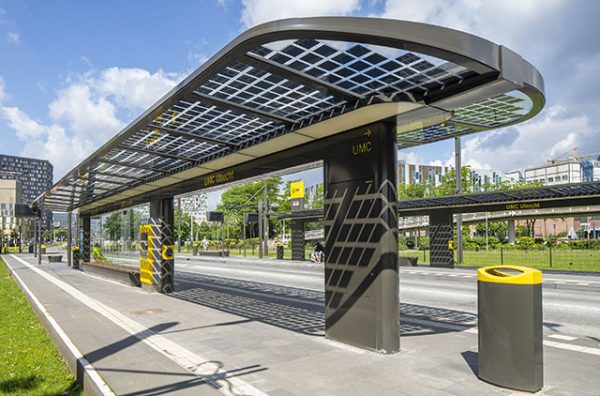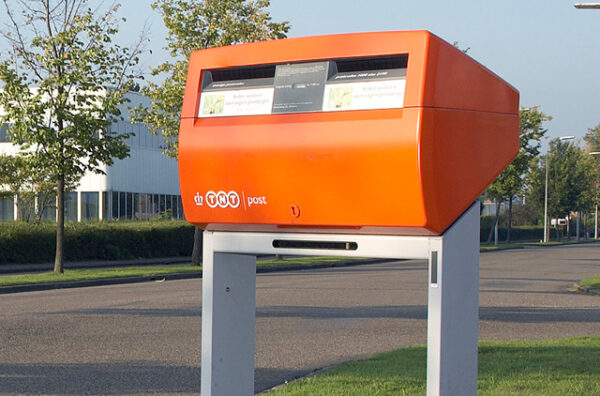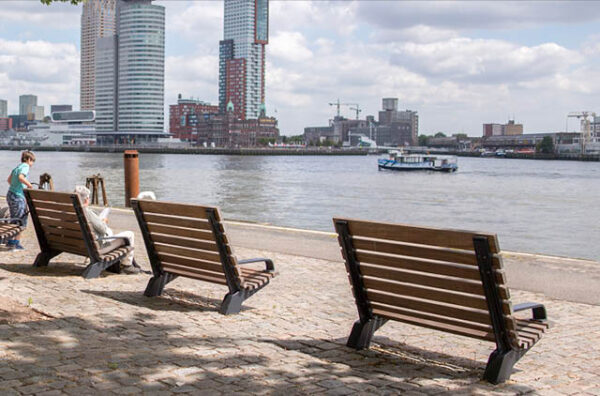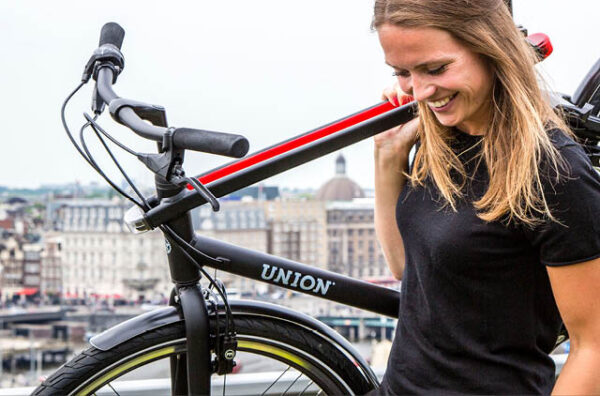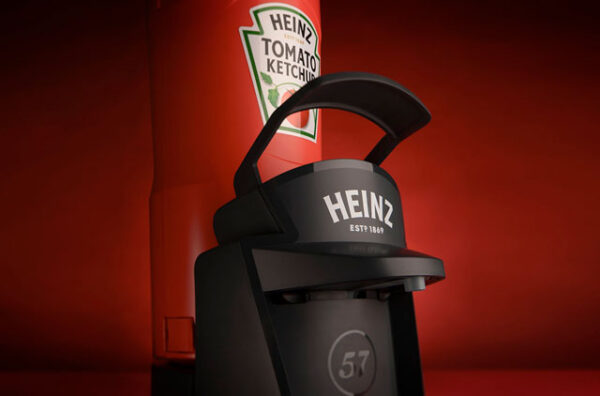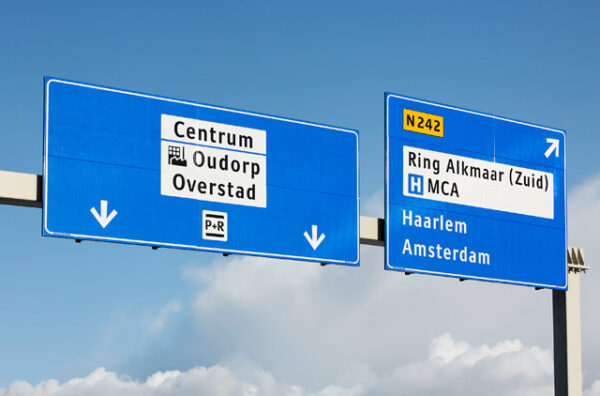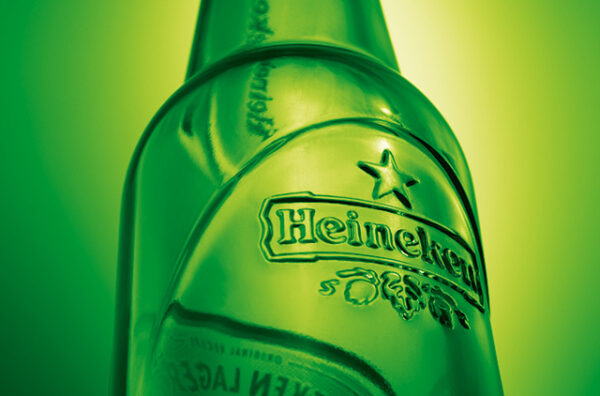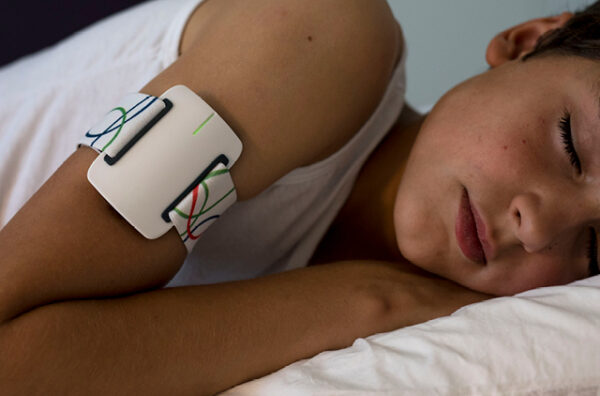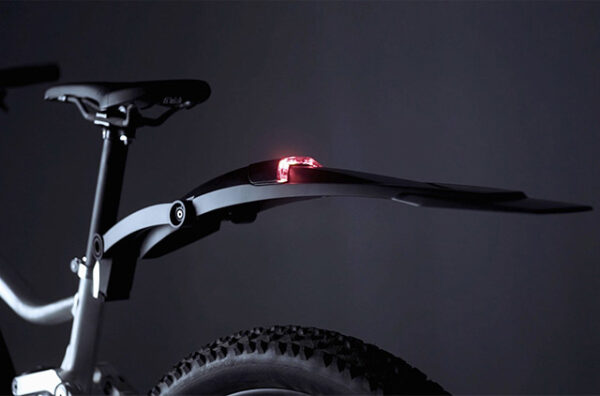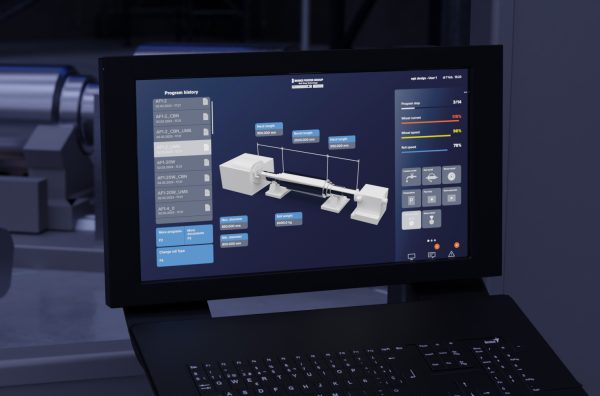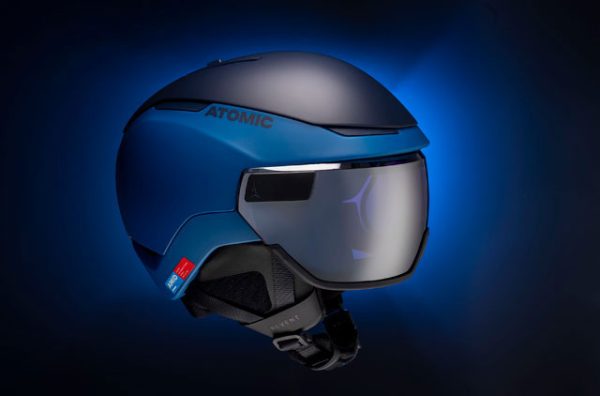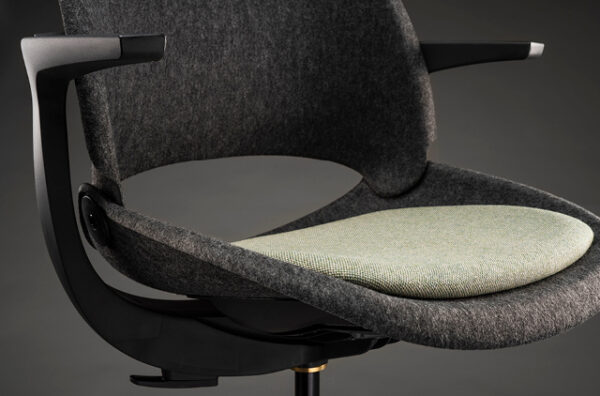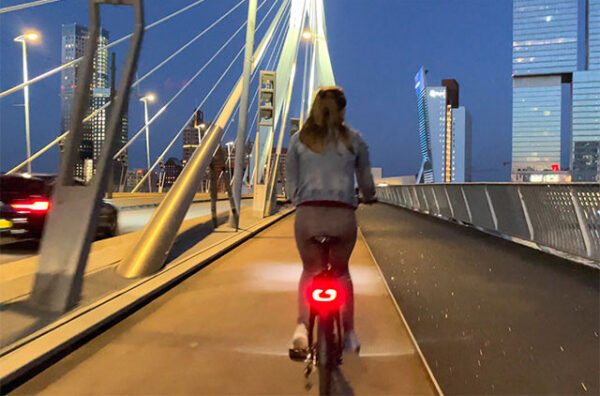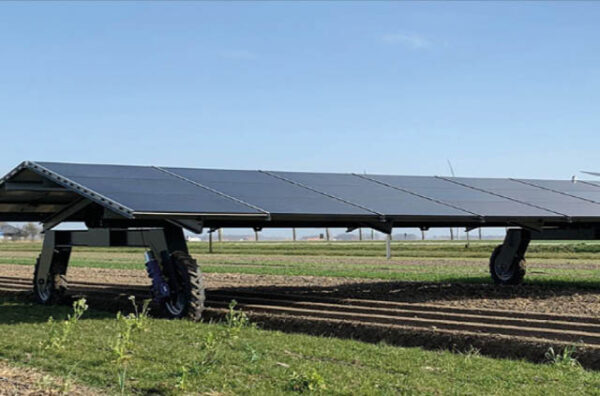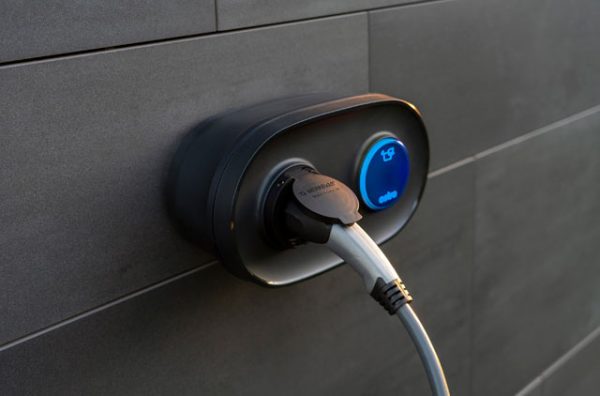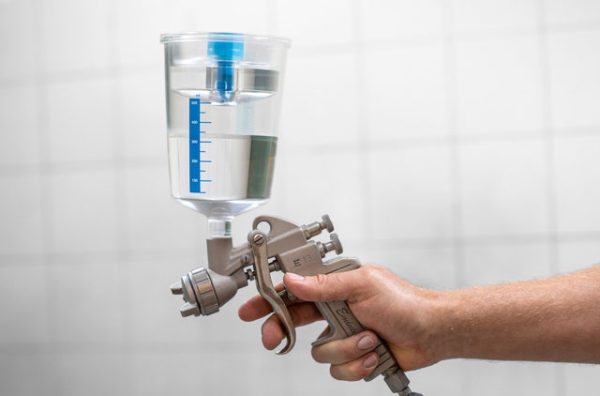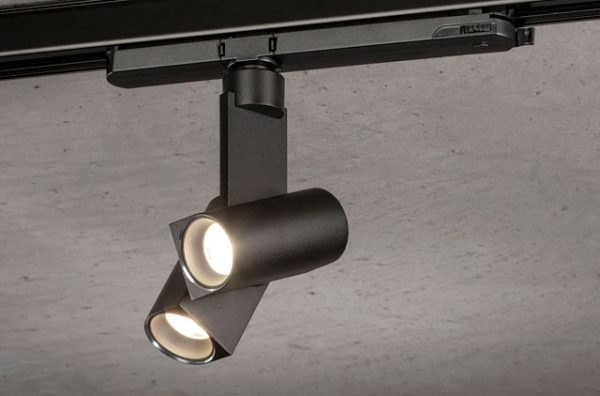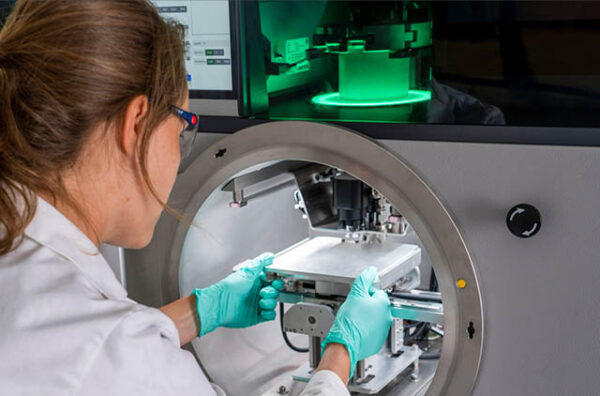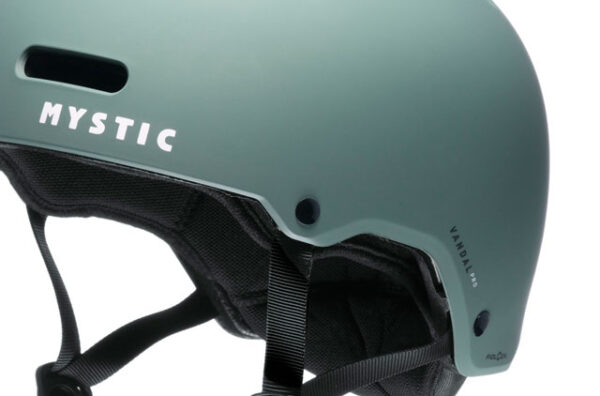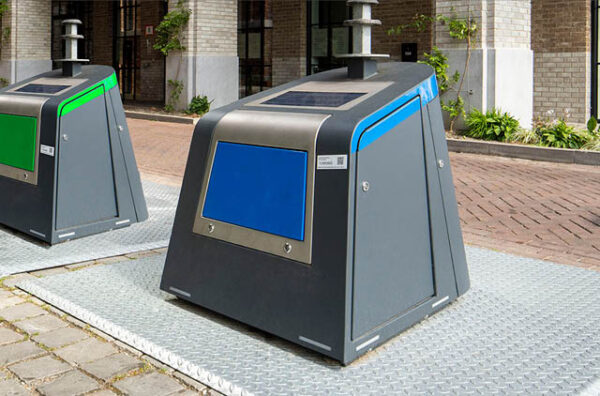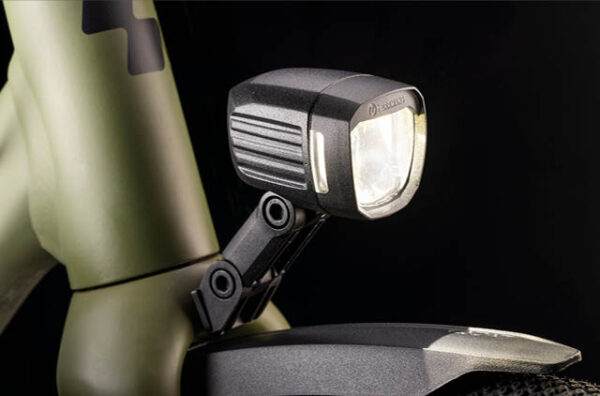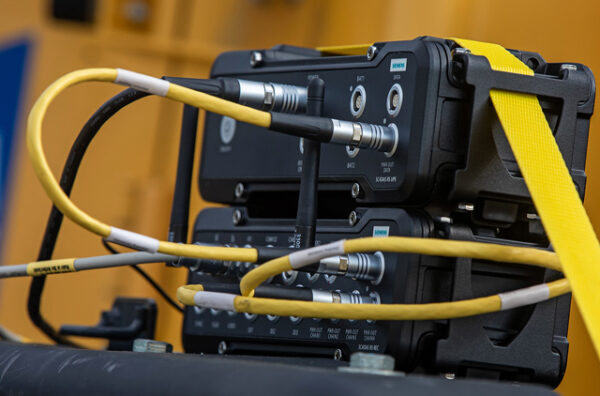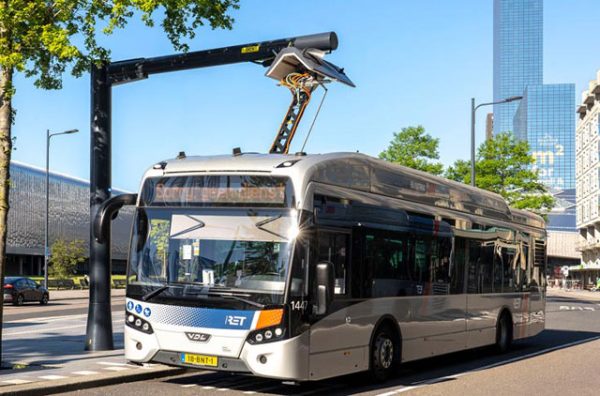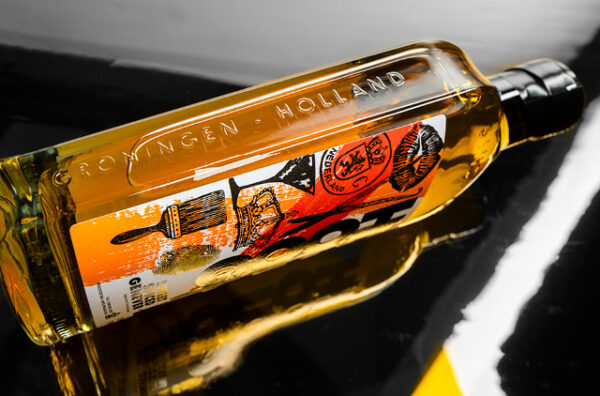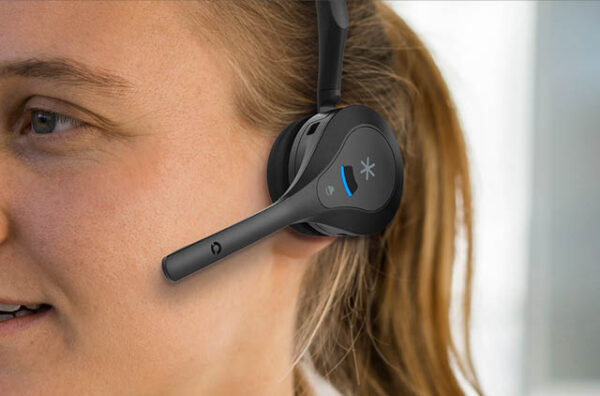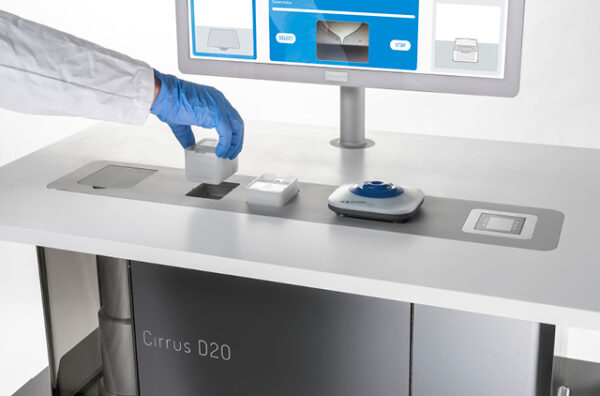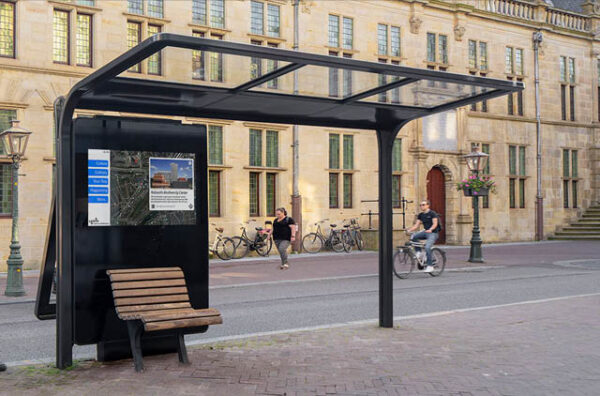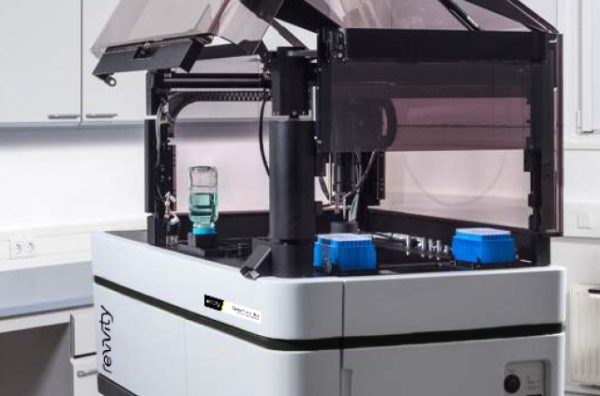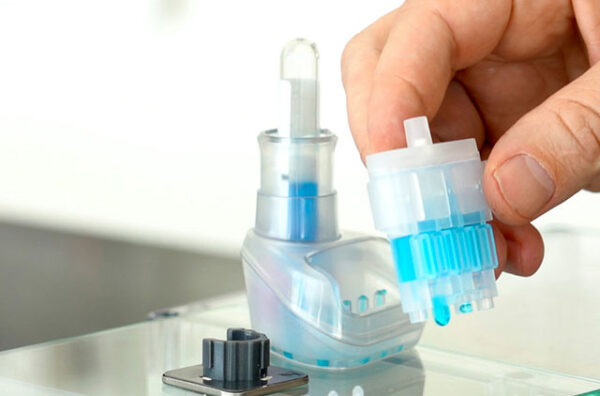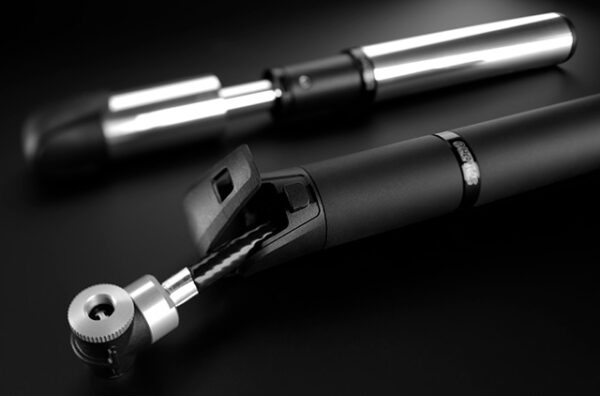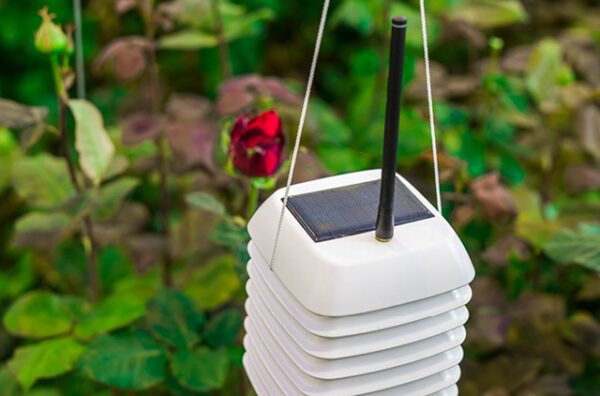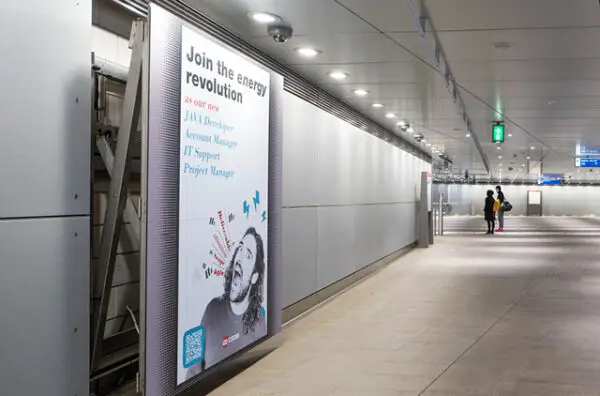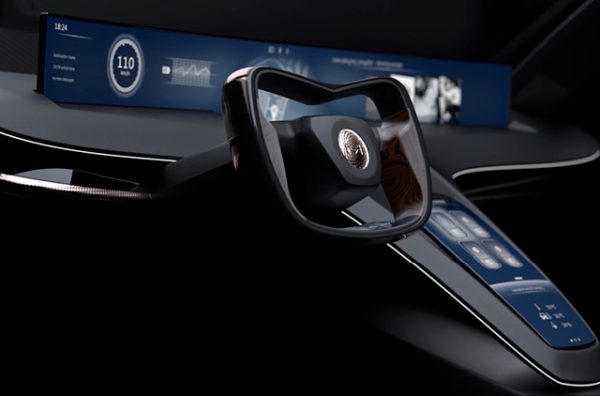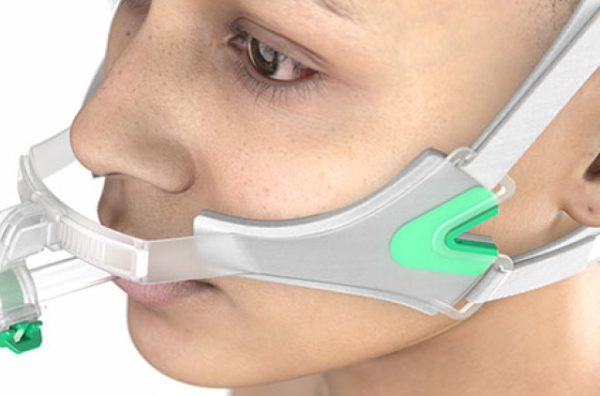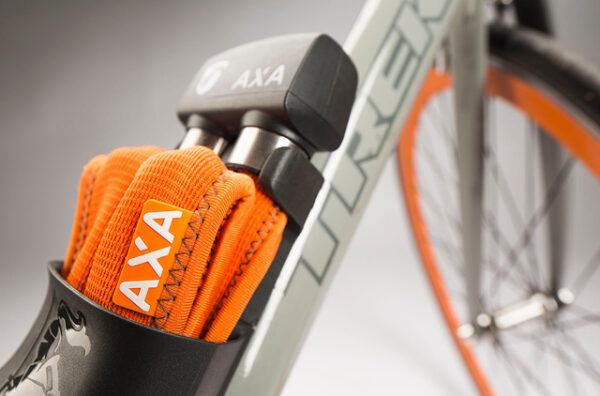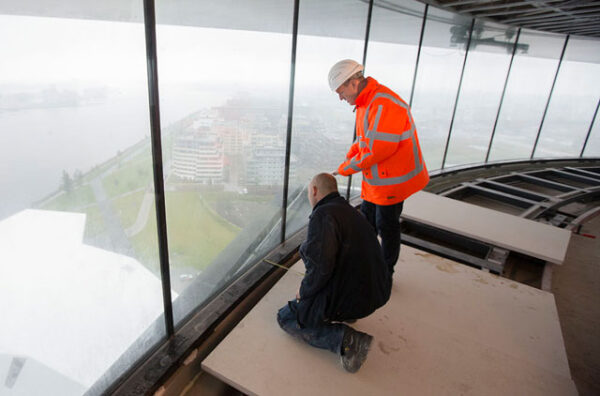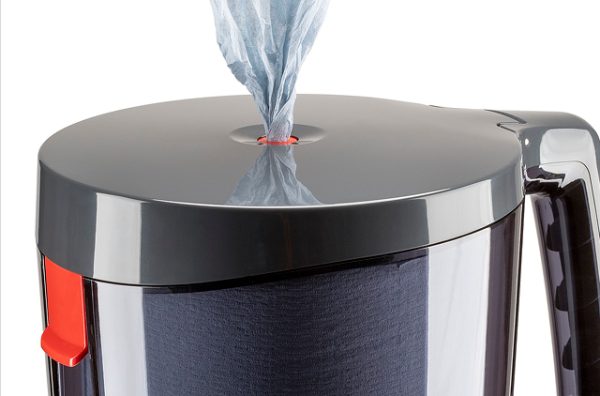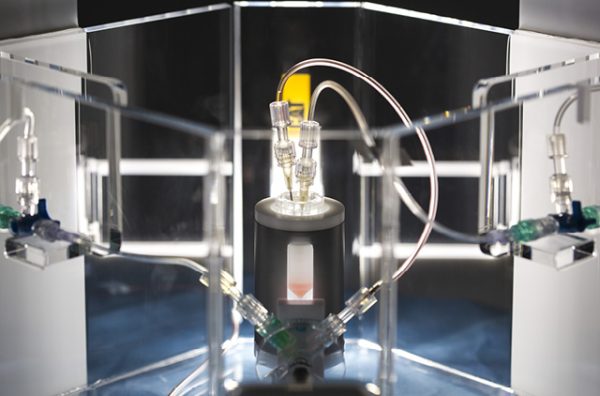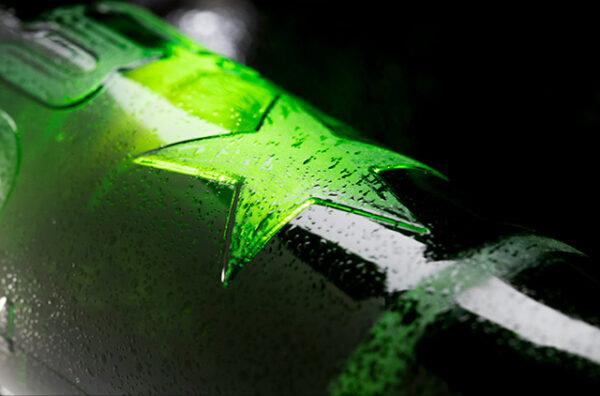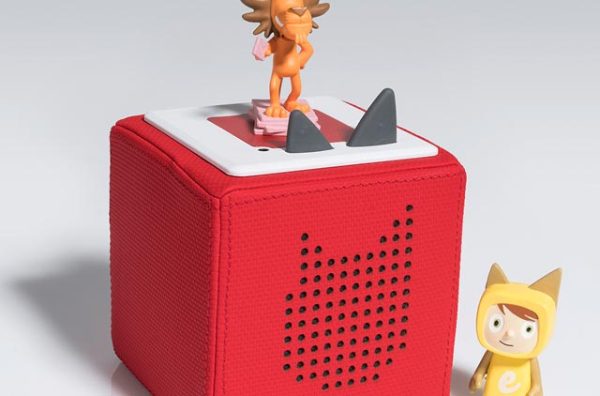Interaction between dog and owner
The Royal Dutch Guide Dog Foundation
Guide Dog harness
“I was suddenly blind again on the day my guide dog passed away”
(Jeanne Visser, guide dog owner)
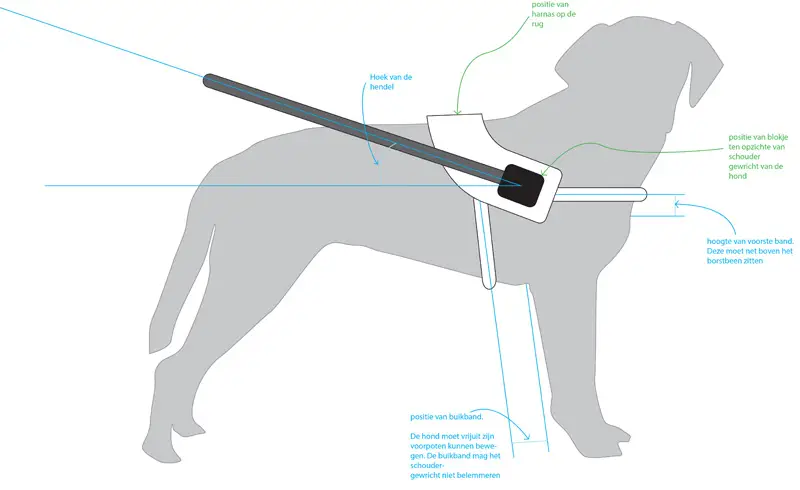
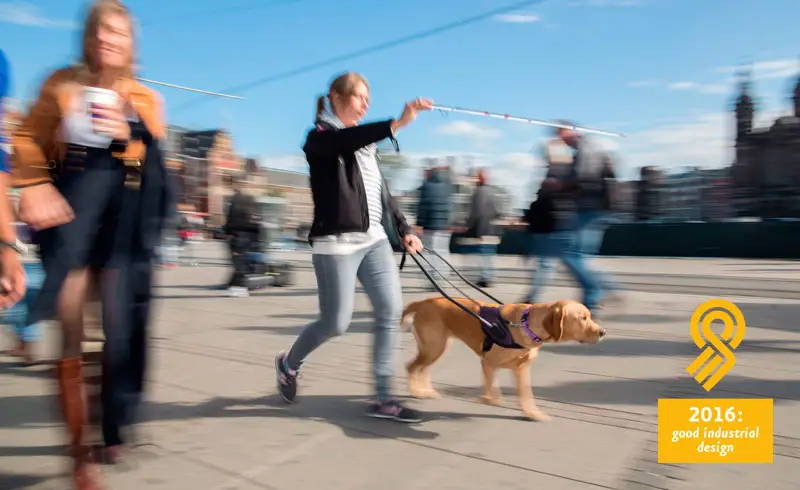
Peter van der Heijden
Head of Training and Client Care, The Royal Dutch Guide Dog Foundation (KNGF)
High time for an innovation
The familiar white dog harness used by the Royal Dutch Guide Dog Foundation (KNGF) dates from the mid-1980s. So it really is time we brought this up to date. After various attempts on the part of KNGF Guide Dogs to design and produce a new harness themselves, we were greatly honoured with a commission to do this in collaboration with them.
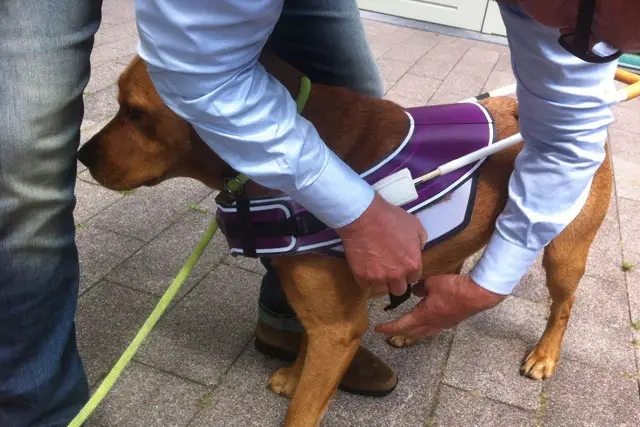

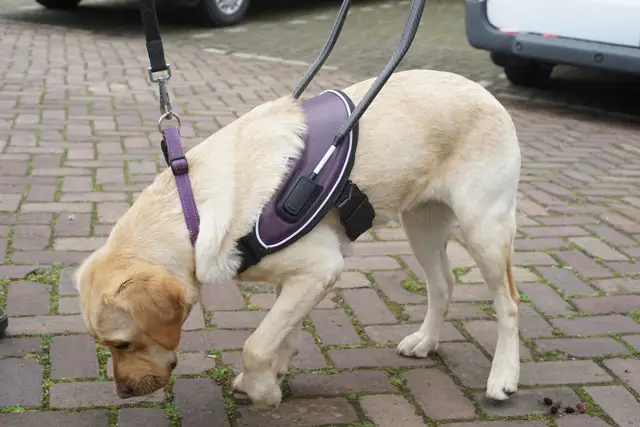
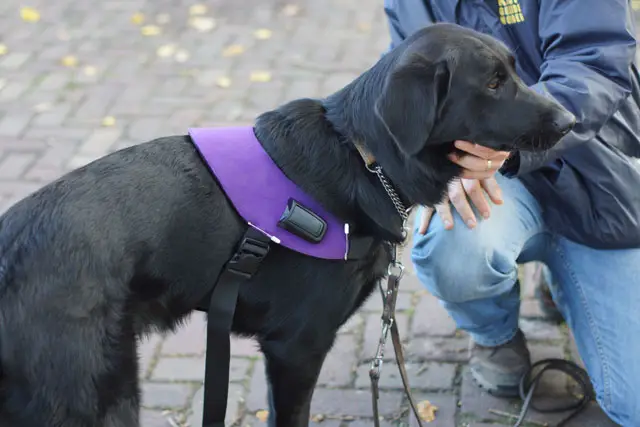
Workshops
During workshops with blind and partially-sighted guide dog owners and KNGF Guide Dog trainers, we all worked together to discover where points for improvement and the owners’ own wishes lay. As far as the guide dog owners were concerned, the key issues were that the harness must be comfortable to use (for the dog as well), the dog must be visible in traffic, and last but not least, harnesses must look good too. Colour was also an important point for visual limited people.
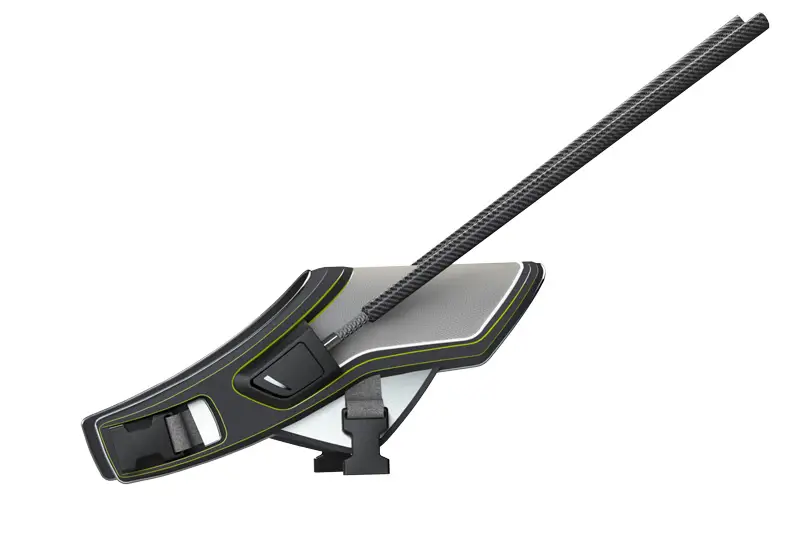
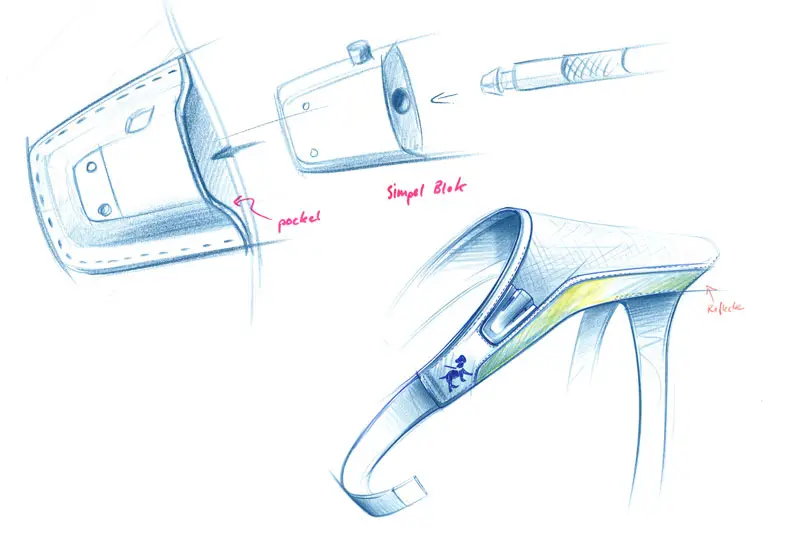
Prototyping
We then held a number of sketch sessions in order to put our ideas down on paper. And we also started making prototypes at a very early stage in the proceedings. Since the fit and the fastening method of a harness are crucially important, fitting sessions for the guide dogs themselves were an important part of the procedure.
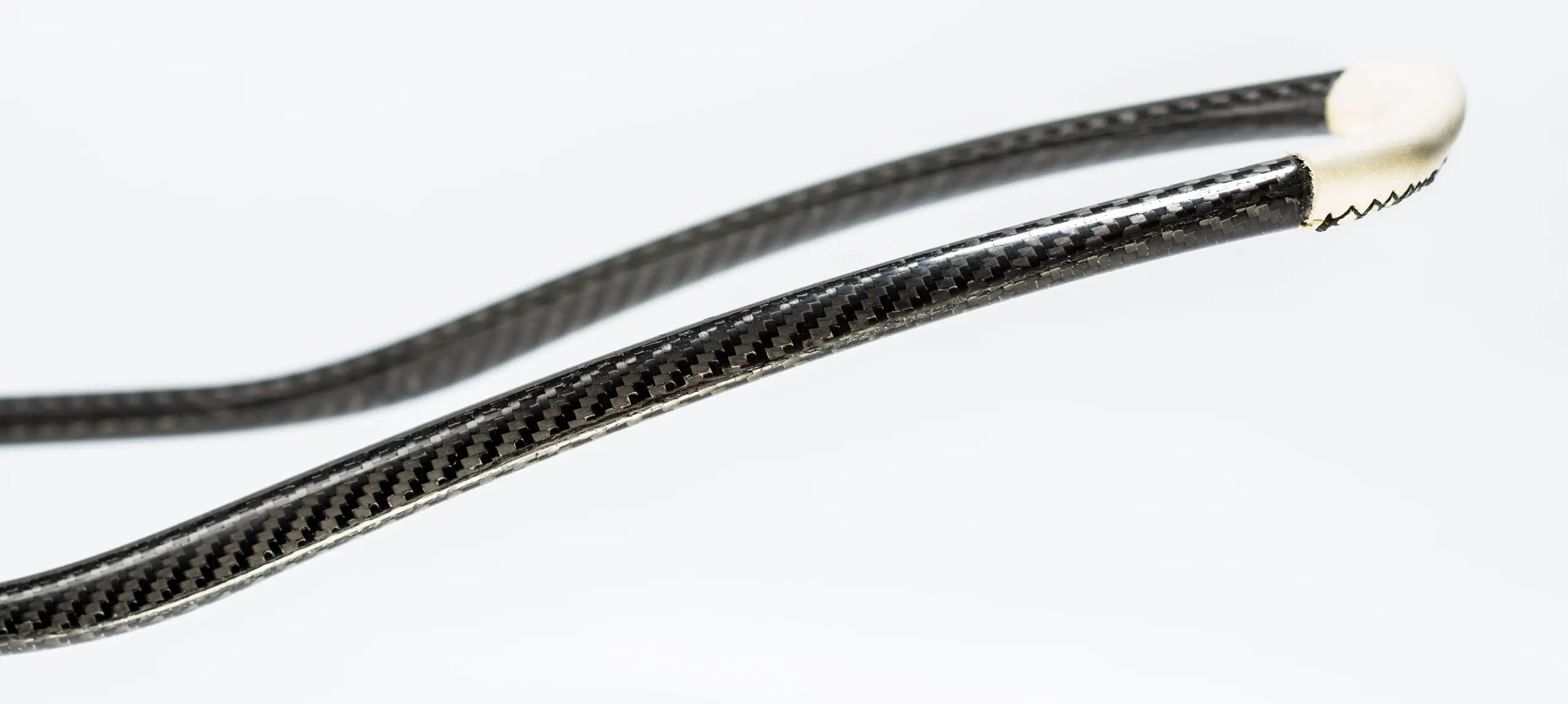
Use
A harness must be an exact fit and all its rings must be rigid and not have any slack in order to ensure that signals from the dog to the owner and vice versa are given in the right manner. For this reason, we replaced the heavy metal handle in the old harness that used to lie along the dog’s back with a high-tech carbon fibre composite version. This means that the new guide dog harness weighs a great deal less, and it enables signals to be given without any errors.
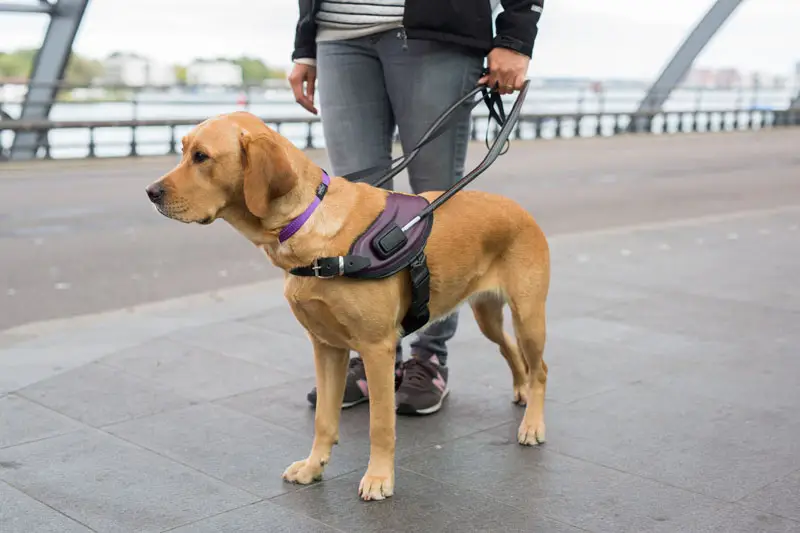
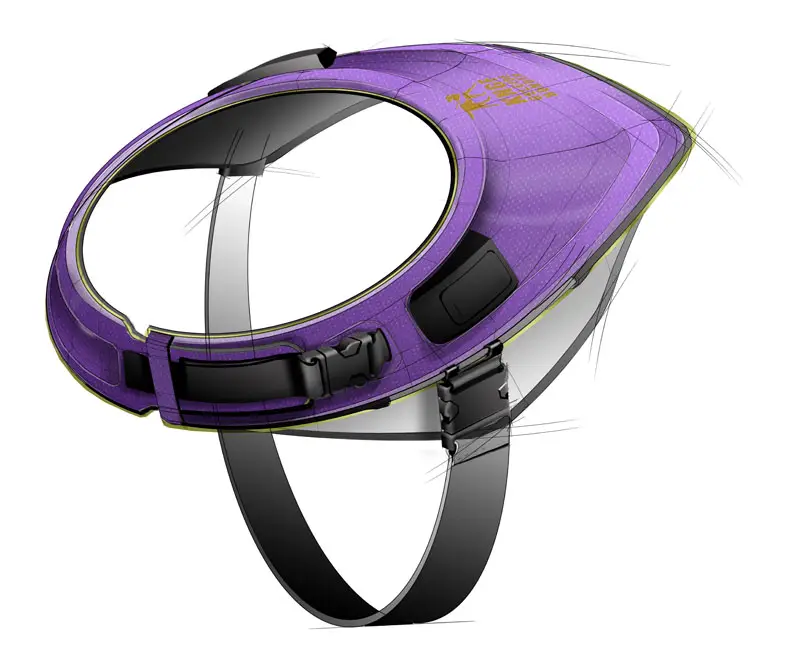
Technique
Since attaching and detaching the handle is something that has to be done every day, we devoted a great deal of attention to this. The new featherweight handle is passed through small grooves in the harness and attached to the rings. These grooves in the harness are formed using techniques adopted from kitesurfing trapezes. You can then feel and hear a distinct click telling you that the harness is securely connected to the sophisticated rings. Guide dogs must be able to feel each and every signal that blind people give through the harness with exact precision. Auditory feedback is very important in this connection.
Once it is linked up correctly, the handle will remain in ‘float’ mode. This keeps the weight of the handle completely off the dog’s back, while his owner no longer has to carry the weight of the handle either.
Visibility
We found that leather is the most comfortable and authentic material, and more particularly the most durable, for a guide dog harness. A reflective edge and a safety torch ensure that the dog is more visible in traffic.
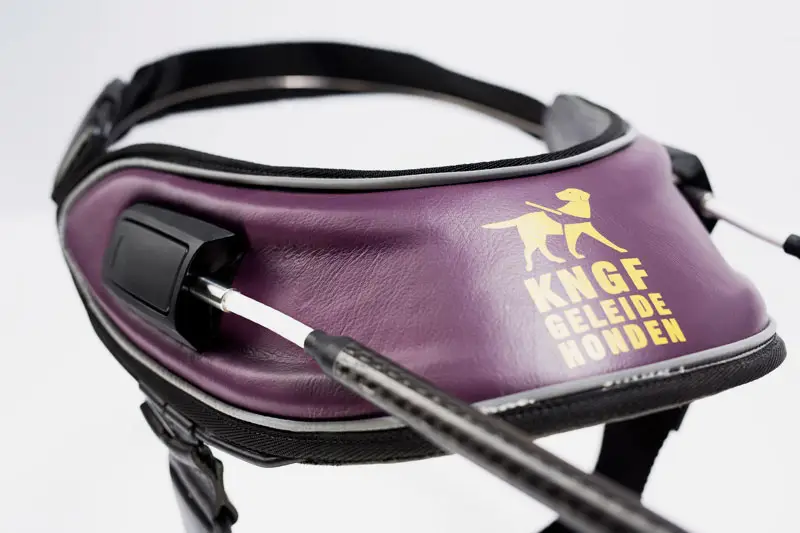
Janwillem Bouwknegt
Managing partner npk design

More information
More information about this project? Curious about what npk design can do for you?
Please feel free to contact Janwillem Bouwknegt.


